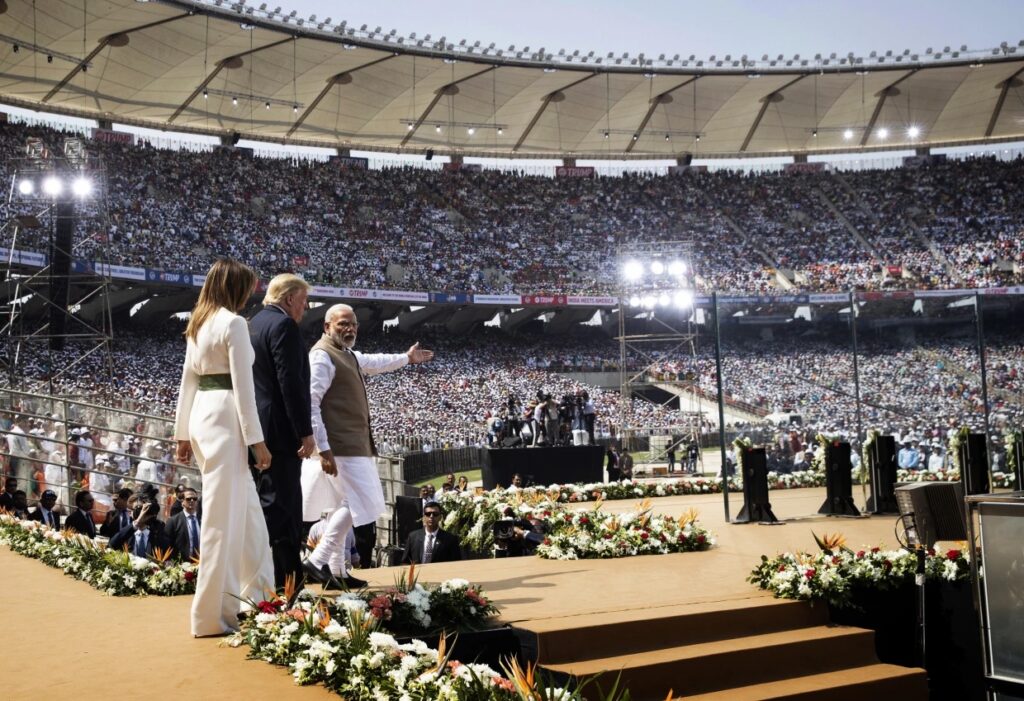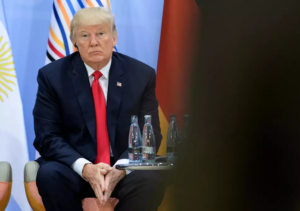
Last year, the National Football League (NFL) drew in 16.7 million cumulative viewers. The 2019 Cricket World Cup, the latest installment of cricket’s marquee event, drew in 706 million unique viewers during the month-long competition. With a population of around 1.4 billion people, India makes up a key portion of that viewing demographic. In fact, cricket is close to an organized religion in India – the hero worship of all-time Indian great Sachin Tendulkar is so extensive that he holds a seat in the Rajya Sabha (the ceremonial upper house of India’s Parliament, akin to the British House of Lords). Tendulkar’s retirement from the sport in 2013 ushered in the era of India’s latest superstar, Virat Kohli. He is already breaking some of Tendulkar’s records, and by his retirement he could go down as one of the finest athletes the sport has produced.
Kohli also captained the Indian team for almost a decade. Captains play a far greater role in cricket than in other sports, setting fields and rotating bowlers without the input of a coach. Kohli ended his tenure as India’s most successful captain in test cricket, the sport’s most prestigious format, but many argue that his resignation from the post was premature and politically forced. One frequent criticism of Kohli’s tenure as captain was India’s inability to win global tournaments, exhibited by a disastrous loss to arch-rivals Pakistan and an early exit from the 2021 World Cup. Indian bowler Mohammed Shami came under fire for a sub-par performance against Pakistan, and his Muslim faith was used by many Indian fans to attack him online. Kohli’s response, stating that “attacking someone over their religion is the most pathetic thing that a human being can do”, was not received well by many in India’s staunchly Hindu society. The then ten month old daughter of Kohli and his wife, famous Bollywood actress Anushka Sharma, was subject to rape threats online. Indian opposition leader Rahul Gandhi tweeted in support of Kohli, but there were no official statements from the Indian government. Kohli stepped down from the captaincy shortly after the tournament, reportedly only given 90 minutes notice by the board – somewhat surprising given Kohli’s stature in India as a national icon.
Kohli remains the most popular Indian cricketer by a longshot, boasting 260 million Instagram followers. However, his fall from the captaincy despite this popularity is a sign of the increasing influence of India’s ruling party, the Bharatiya Janata Party (BJP), on India’s favorite pastime. Jay Shah, nephew of former BJP leader and current Home Minister Amit Shah, was installed as a key leader of the Board of Control for Cricket in India (BCCI) in 2019. Amit Shah is known for his extremist rhetoric on immigrants and religious minorities, and the rise of his nephew in the BCCI is an example of explicit political interference in the running of cricket. The BJP is well known for its Hindu nationalist, right-wing agenda: Modi himself has been accused of orchestrating (or at the very least ignoring) the mass genocide committed against Muslims in the state of Gujarat in 2002 while serving as the state’s executive. Modi’s personal popularity is also allowing for greater discrimination against religious minorities and “lower-caste” Hindus, with the implicit and explicit condonement by the government. This popularity has also allowed for the naming of India’s newest and biggest stadium after a sitting prime minister and two of his biggest donors – something previously unheard of. By casting a wider net and inserting the BJP’s politics into cricket, Modi and the Shahs are hoping to further entrench a Hindu nationalist agenda into the daily life of Indians.
This is evident in the BCCI’s organization of the ongoing 2023 World Cup, hosted in India. Aside from a multitude of organizational errors stemming from Jay Shah’s mismanagement of resources, the treatment of the Pakistani team is coming under scrutiny from the wider cricketing world. Journalists from Pakistan faced unprecedented issues getting visas to enter India, and the marquee India-Pakistan clash at the Narendra Modi Stadium on October 14 was played in front of next to no Pakistan fans. In fact, out of 130,000-plus fans, just four supported Pakistan. This stands in contrast to the 2016 World Cup in India when the India-Pakistan clash in Kolkata saw “overwhelming” support for the visiting Pakistanis.
And it’s not just cricket. Modi used India’s hosting of the multinational G20 summit earlier this year to test out a potential renaming of the country to the Hindi-word “Bharat”. In a diverse country where only a fourth of Indians speak Hindi as their mother tongue, this move would be kowtowing to the Hindi-speaking base of BJP support; something that already sparked widespread protests last year. The Indian government has also expressed interest in hosting the Summer Olympics in 2036. Hosting the games would cost billions of dollars, and in a country where poverty is declining but is still rampant, it is unclear how this sort of spending would be received.
At the end of the day, however, it all comes back to cricket. Politicizing India’s most popular sport is a blatant attempt by the BJP to make itself indispensable to its administration. An expected landslide win for the BJP and its allies in 2024 would only make these attempts more brazen. If the BJP can orchestrate the BCCI’s sacking of a popular Indian captain over his support for a Muslim player, then there is no telling what it will be able to do with an even stronger and emboldened parliamentary majority. It’s a thought that should scare all Indians interested in cricket being run for the purposes of cricket and nothing else. And if cricket and Indian sport as a whole can be politicized, there is no saying that other non-governmental organizations and the media are not next.


